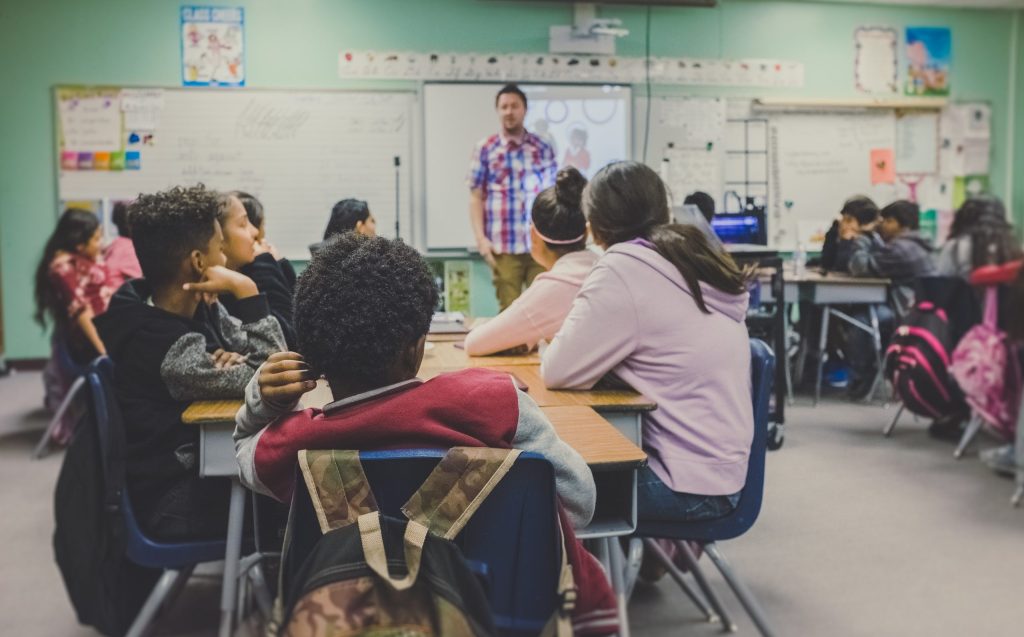Performance-based learning and assessment are methods of teaching and appraising children based on how they carry out specific tasks or activities, as opposed to more traditional test formats. This approach allows children to demonstrate their knowledge and how they would apply it to real-world scenarios.
A vital feature of a performance-based assessment requires children to produce a result – a report, a performance, or an experiment. This is then scored against a set of criteria.
The overall idea of performance-based learning is that it closely mirrors real-life scenarios and how a professional in that area would tackle the problem. For example, this could mean encouraging children to design and carry out an experiment or choreograph and perform a dance routine – just like a real scientist or dancer.
What are the benefits of performance-based assessment?
While it may require a little bit more outside-the-box thinking than traditional assessments – from both teachers and children – performance-based assessments have countless benefits. They can bring out the best in your class when used well. Here are a couple of our favorite reasons to use performance-based assessments and learning:
- They’re more engaging. It’s no secret that children don’t like tests. But with performance-based tests, the whole assessment process can still be a fun and exciting experience – and this is a great way to encourage your children to give their all to a task.
- They encourage children to take ownership of their work. Kids will get the chance to work on a project or performance from its conception until the very end over many weeks. This will help to keep them enthusiastic and give them a fantastic sense of pride at the end.
- It stops things from being just a memory test. Some traditional exams and assessments have become a test of children’s ability to remember facts, figures, and terms. While these can be important, testing children’s memory in this way might not be the fairest method.
- It uses real-world examples. In science, children can be encouraged to think like a scientist, while in art, children can feel like an artist who has been asked to put on an exhibition. This might even help children to think about future careers.
- It develops problem-solving skills. In performance-based learning, there is often no right or wrong answer. Instead, children are encouraged to think of how to tackle a problem and determine which one will work best for them.
In what lessons would you use performance-based assessment?
The most obvious examples of performance-based learning and assessment come in naturally more practical lessons, requiring less formal, theoretical review. These include physical education (PE), music, and drama.
However, performance-based assessments can be applied to almost any lesson and objective. For example, children could be asked to design and carry out an experiment in science, write and perform a poem in English, or create a series of themed paintings in art.
In general, these assessments can take many forms. Here are some common examples of performance-based tests that you can use with your children:
- Presentations;
- Group or solo projects;
- Portfolios;
- Debates;
- Performances;
- Exhibits or fairs.
Features of performance-based assessments:
You might be left thinking this all sounds confusing – what’s wrong with traditional assessments, anyway? But don’t worry – performance-based assessments don’t have to be complicated for teachers or children. Remember that these assessments should be:
- Time-bound;
- Open-ended;
- Authentic;
- Process/product-orientated;
- Complex.
Often, there is no right or wrong answer with performance-based assessments. There are lots of different ways in which children could succeed. This is just another reason that they’re so great.
How to help children understand performance-based assessments:
If you plan on using performance-based learning and check with your class, you’re all in for a great time. Children will be engaged and excited about their projects and have an opportunity to show off many skills.
Here are a couple of our top tips for helping your class adjust to performance-based assessments:
- Begin with the end in mind – let them know from the first lesson what the end goal is, maybe giving examples of what previous classes have come up with.
- Be open and honest about how the class will be graded – keep talking about the end project to keep it fresh in your children’s minds. This will help them begin thinking about their possible ideas and ensure they’re not in for a surprise by the end of it.
- Give children a copy of the rubric – this will help them see how they can perform well and maintain that open communication channel.


